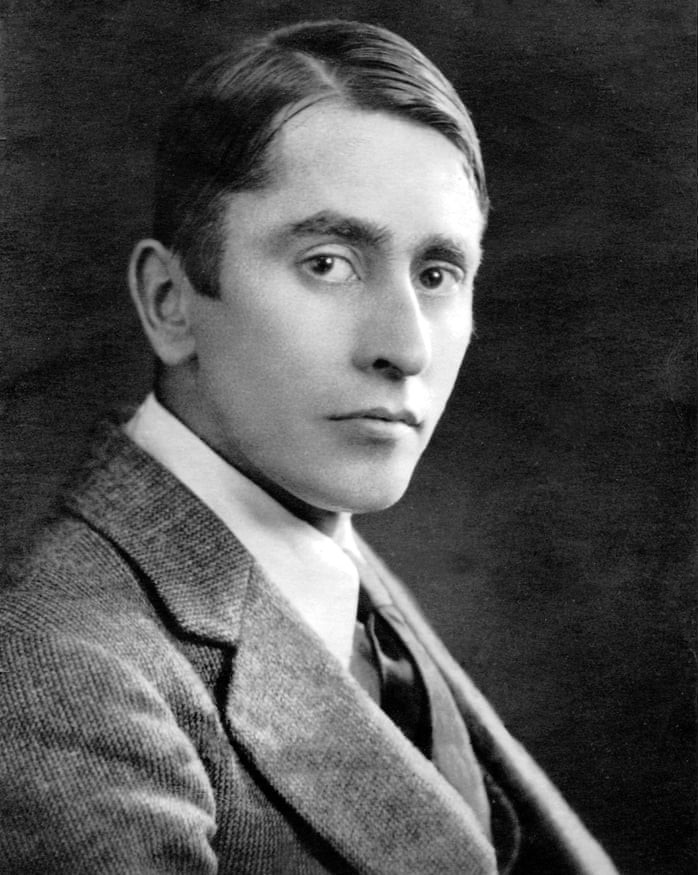Harry Clarke
| Harry Clarke | |
|---|---|
 |
|
| Born |
Henry Patrick Clarke 17 March 1889 Dublin, Ireland |
| Died | January 6, 1931 (aged 41) Chur, Switzerland |
| Nationality | Irish |
| Alma mater | Dublin Metropolitan School of Art |
| Known for | stained glass and book illustration |
| Spouse(s) | Margaret Clarke |
Harry Clarke (17 March 1889 – 6 January 1931) was an Irish stained-glass artist and book illustrator. Born in Dublin, he was a leading figure in the Irish Arts and Crafts Movement.
Henry Patrick (Harry) Clarke was born 17 March 1889, younger son and third child of Joshua Clarke and Brigid Clarke (née MacGonigal). Church decorator Joshua Clarke moved to Dublin from Leeds in 1877 and started a decorating business Joshua Clarke & Sons, which later incorporated a stained glass division. Through his work with his father, Clarke was exposed to many schools of art but Art Nouveau in particular.
Clarke was educated at the Model School in Marlborough Street, Dublin and Belvedere College, which he left in 1905. He was devastated by the death of his mother in 1903, when he was only 14 years old. Clarke was then apprenticed into his father's studio, and attended evening classes in the Metropolitan College of Art and Design. His The Consecration of St Mel, Bishop of Longford, by St Patrick won the gold medal for stained glass work in the 1910 Board of Education National Competition.
At the art school in Dublin, Clarke met fellow artist and teacher Margaret Crilley. They married on 31 October 1914 and moved into a flat at 33 North Frederick Street. They had three children, Michael, David and Ann.
Clarke moved to London to seek work as a book illustrator. Picked up by London publisher Harrap, he started with two commissions which were never completed: Samuel Taylor Coleridge's The Rime of the Ancient Mariner (much of his work on which was destroyed during the 1916 Easter Rising) and an illustrated edition of Alexander Pope's The Rape of the Lock.
...
Wikipedia
